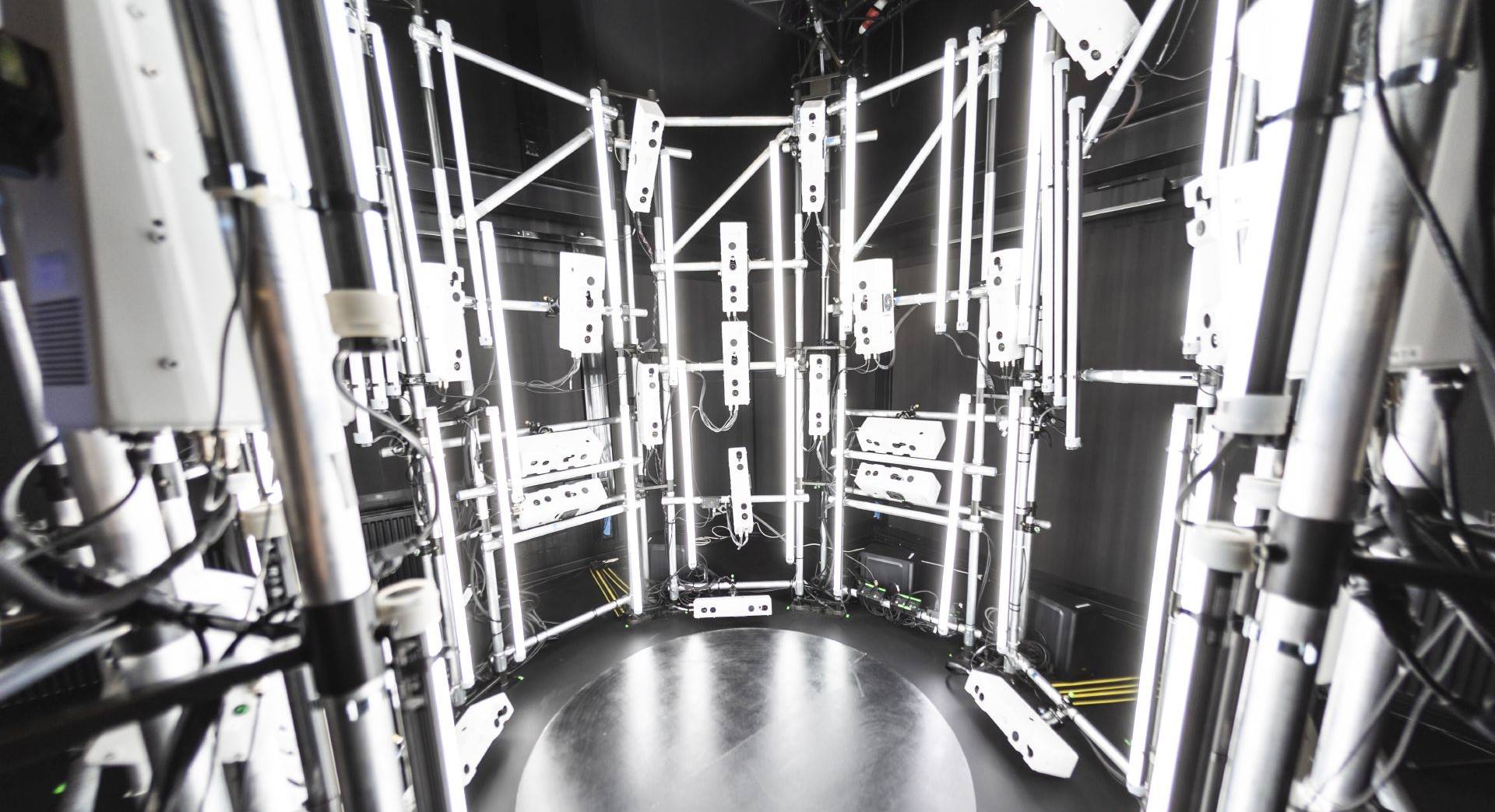
Signal processing deals with theory, models, and algorithms for analyzing, interpreting, capturing, and reproducing complex natural signals. We study images, video, speech, and audio, including their emerging modalities such as depth, thermal, and multispectral images, point clouds and light fields, and spatial audio. The aim is to support a wide range of applications with high social relevance such as: tomography and live-cell microscopy, safety-critical applications in machine and robot industries, new consumer, professional, and scientific cameras and audio and vision systems, signal analysis in medicine, and VR/AR/XR applications.
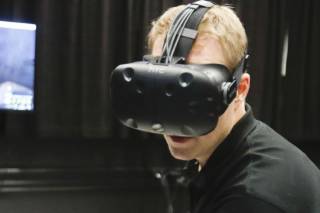 3D Media Group
3D Media Group
The 3D Media Group investigates methods for capture, processing and display of 3D visual data based on extensive knowledge about the human perception of depth and 3D visual cues. By employing advanced signal processing methods, it tackles specific problems related to the huge amount of data to be processed and the optimal way of visualization using state-of-the-art 3D displays.
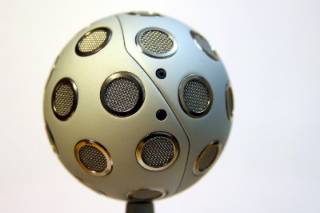 Audio Research Group
Audio Research Group
Audio Research Group conducts internationally renowned research in audio, speech, and music signal processing. This includes topics such as machine learning for audio, computational acoustic scene analysis, source separation, signal enhancement, and audio manipulation.
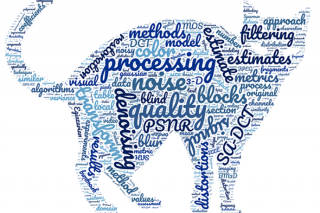 Computational Imaging Group
Computational Imaging Group
The mission of Computational Imaging Group is a theoretical and applied research different from the traditional image processing with a special emphasis on applied mathematics, optics, human perception. Applications are in consumer electronics, mobile imaging, microscopy, and remote sensing
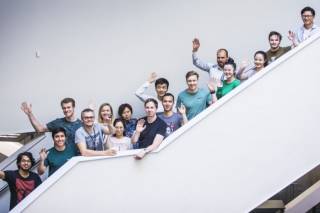 Computer Vision Group
Computer Vision Group
Computer Vision Group develops new algorithms and models for processing and analyzing of 2D and 3D images and videos. Our algorithms and models have applications in robots and intelligent software and systems. Typical research topics are, for example, object detection, object pose estimation, object tracking, 3D reconstruction and imaging
 Machine Listening Group
Machine Listening Group
Listening is more than just hearing. In addition to hearing, which is a physiological phenomenon, listening involves cognitive processes that include understanding, receiving and interpreting content and relational messages. But can a machine do this?
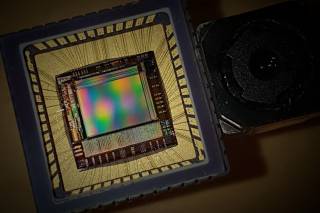 Signal and Image Restoration group
Signal and Image Restoration group
Our research is dedicated to the characterization, transformation, and filtering of noise and other degradations for a variety of consumer, medical, and scientific imaging devices. We develop theoretically grounded models, methods, and regularization priors for unsupervised processing of data from a diverse range of sensors, including direct, inverse, as well as computational imaging systems. The ultimate goal of our research is to substantially improve the sensing and imaging quality of these devices, and thus to extend their applicability and efficiency.
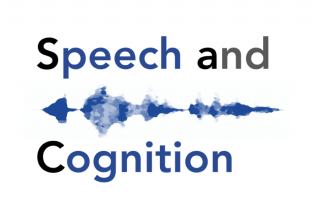 Speech and Cognition research group
Speech and Cognition research group
How do human children learn to understand and produce speech without explicit teaching? How can we make machines to use and understand language in the way humans do? These are some of the key questions that we work on in the Speech and Cognition research group. In addition, we work on various other topics related to speech technology and signal processing, such as development of automatic detection of neurophysiological problems in infants and development of technological tools for large-scale audio- and language data analysis.
 TAU Imaging Research Platform
TAU Imaging Research Platform
The platform aims offering advanced imaging as a service across different disciplines and industries, and effectively engage all individuals and units that make use of imaging and thus supercharge image-based scientific investigation in TAU.
